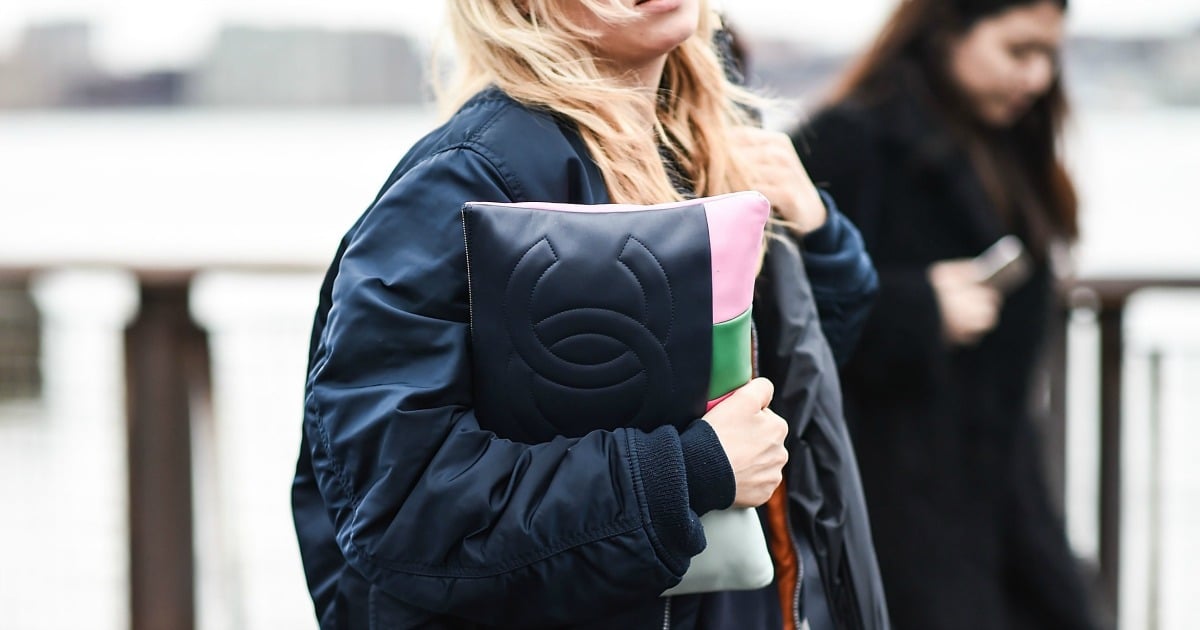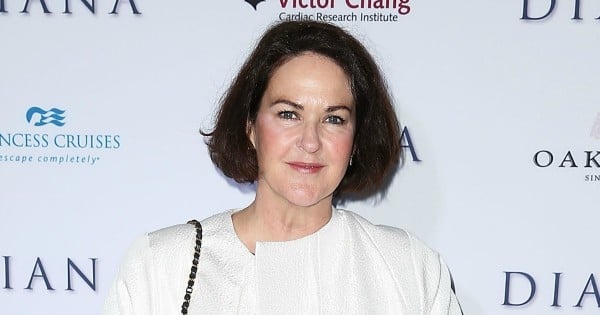
Look. This is when your morality is tested. An entire beautiful black dress with a cut-out back and gold cross over straps that costs $89. It’s really nice. The fabric feels good (well, it hasn’t been worn yet) and it looks so good. And it’s a black dress. Huge amounts of wear right there. An LBD. The workhouse of the fashion cupboard.
But $89? How do they do that? Should I get it? Should I just not think about the trail of manufacture? Should I push out of my mind thoughts of those factories in Bangladesh, China and Egypt? What about the estimated 170 million children worldwide that are making textiles and garments seven days a week in horrible conditions to satisfy the demand for fast, cheap fashion?
But it looks so nice. And it’s cheap. And I’m in air-conditioning and I need a dress for Saturday night and no-one can see what is going on in my head right now. And that woman is grabbing a large and there are only two more larges left on the rack.
Do you buy or do you leave?
According to a 2015 survey by Barnado’s UK, most fashion purchases are worn seven times. Seven, not even 17. Then they are forgotten, thrown, donated (I say donated because it makes people feel good, but shoving your clothes into one of those clothing bins means that most probably your “donation” will be used as scrap cloth pieces, not survive to live another day in someone else’s wardrobe).
According to The Atlantic, every year on average Americans buy 64 clothing items and more than seven pairs of shoes – double what they did in the 1990s.
With freedom to buy black dresses comes responsibility. I think Abraham Lincoln said that.
In response to the growing unease, or at least questioning, of fast, cheap fashion a host of start-ups have, well, started up, and established brands have branched out into niche sub-areas promising ethical fashion that lasts.





























































































